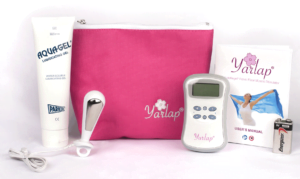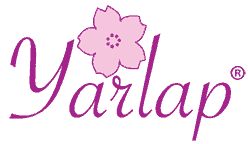Bladder control is an issue with which many women struggle. The sudden urge to go may hit when you are out with friends, while shopping, at work, or on a date. If you are planning your trips outside the home around the location of bathrooms, or if you bring pads with you just in case, then you might need to talk with your doctor about bladder incontinence treatments.
Incontinence is defined loosely as an inability to control the leakage of urine. There are three main types of incontinence: stress, urge and overflow.
Stress incontinence occurs when the pelvic floor muscles weaken from strain or inactivity. The weakened muscles allow your organs to shift from their natural position by gravity to putting weight directly on top of the bladder. This extra weight is sometimes greater than the bladder’s muscles’ ability to hold the urine in your bladder.

If you laugh, sneeze, cough, or jump and you leak a little pee, then you most likely are experiencing stress incontinence.
Urge incontinence is also called “overactive bladder,” because of the bladder contracting involuntarily, leading to urination. The exact cause for urge incontinence is often difficult for doctors to pinpoint, but can be the muscles of the bladder involuntarily contracting from lack of respiration.
Urge is sometimes referred to as Over-Active Bladder (OAB). Some journalists believe OAB was a way to make it easier for patients to speak to their physicians’ about the condition, and when appropriate including discussions about drugs to treat the condition.
Mixed urinary incontinence is when a person has both stress and urge incontinence.
Regardless of the types of incontinence, if you experience leakage, then your doctor will probably discuss a bladder control treatment with you. So, what kinds of treatments are out there?
3 Common Bladder Control Treatments
1. Bladder Retraining
The first thing your doctor might have you do is something called “bladder retraining.” This process involves keeping a diary that tracks what time you urinate throughout the day.
Then they will begin a treatment plan that includes lengthening the time in small increments, perhaps five or ten minutes, between urination. This slowly strengthens the pelvic floor muscles while also training your body to go at certain times of the day, instead of it sneaking up on you.
Bladder retraining can be uncomfortable for many women because the need to go is so strong. Doctors will discuss with you techniques for overcoming the need to urinate, such as deep breathing exercises and meditation. You might also be asked to limit caffeinated beverages, as well as eliminate all liquids before bedtime.
2. Kegels
This is one of the most common bladder control treatments that doctors prescribe. They often combine bladder retraining with kegel exercises to strengthen the pelvic floor even more.
A kegel is an exercise that requires absolutely no equipment. Kegels can even be done while sitting down. The exercise involves clenching the pelvic floor muscles for a few seconds at a time, then releasing. The clenching is then repeated and over time, this strengthens the pelvic floor.
While this is a great treatment for busy women because it can be done discreetly and in any place, it can be difficult for some because their pelvic floors are so weakened. It also requires focus to make sure you are clenching the right muscles and for the correct amount of time, multiple times a day.
Women with the most severe forms of incontinence have begun to turn to pelvic floor trainers and other technologies as a form of bladder control treatment.
3. Pelvic Floor Trainer: The Yarlap®
As mentioned before, the pelvic floor is a muscle that helps to control the flow of urine. When you flex the pelvic floor muscle, it lifts and tightens around the urethra. If the pelvic floor is weak, it does not tighten as well, which leads to urine leakage.
The good news is that the pelvic floor can be strengthened, just like any other muscle. And even better news? Technology today has made the process of strengthening the pelvic floor even easier and more effective.
Yarlap® is a pelvic floor trainer that does the kegel exercise for you. With its AutoKegel® technology, you just insert the stimulator, choose a program from the Yarlap® unit, and sit back and relax. Yarlap® will stimulate the pelvic floor muscle gently, which strengthens the muscle over time.
 AutoKegel® sends precise instructions to the muscles using a mild impulse to work-rest the pelvic floor muscles correctly, comfortably, safely and conveniently.
AutoKegel® sends precise instructions to the muscles using a mild impulse to work-rest the pelvic floor muscles correctly, comfortably, safely and conveniently.
Like in nature but there is no minimum muscle control necessary to start, there is no need to concentrate on the routine, and there is no guessing as to what are the proper muscles to contract and for how long; with Yarlap®, the work-outs for strength or massage are pre-set.
As such, the Yarlap® is appropriate for women of virtually any age or size. This is by far the best bladder control treatment available today!
Gone are the days of kegel after kegel after kegel. While this traditional exercise has worked well for women who experience incontinence, Yarlap® makes kegels even easier by actually doing the work for you. It is small, discreet, and easy-to-use, which means you can use it just about anywhere.
Yarlap® is FDA-cleared and clinically-proven. Within just 2 to 12 weeks, women with even the most severe incontinence saw improvement.
Women are on-the-go workers, mothers, wives, sisters, and friends. Don’t let bladder control keep you from ruling the world. Stop your incontinence in its tracks with Yarlap®, the newest in bladder control technology!



